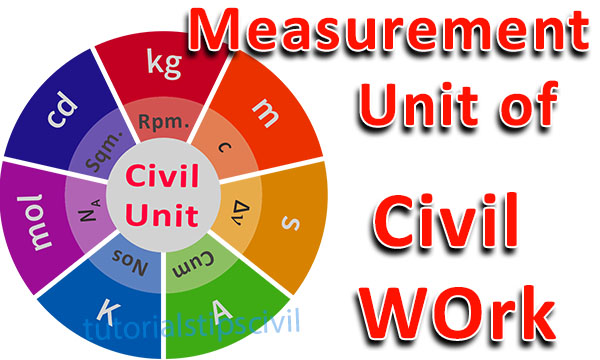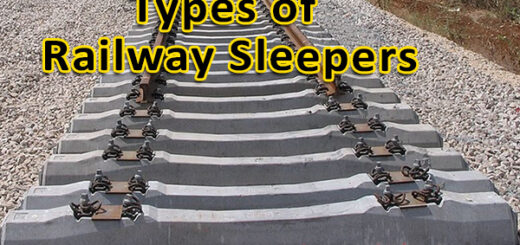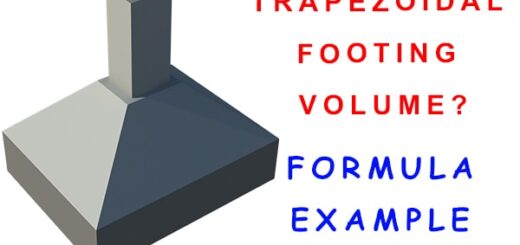What is CPM & PERT and Difference Between CPM & PERT
Project management can be referred to as a systematic and formulated method of planning, scheduling, executing, monitoring, and controlling various construction activities of a project. PERT and CPM are two proven methods to manage a project with the help of several planned activities and events which helps us complete a project within time and budget.
What is CPM?
CPM or Critical Path Method is a technique which is widely used to determine the approximate time taken by a project to complete. It was developed by James Kelly and Morgan Walker in the 1950s.Critical path method gives us the largest possible path to complete a project with minimum resources and within minimum amount of time.
In easier words, critical path is the maximum path via a network diagram based on various activities of construction.
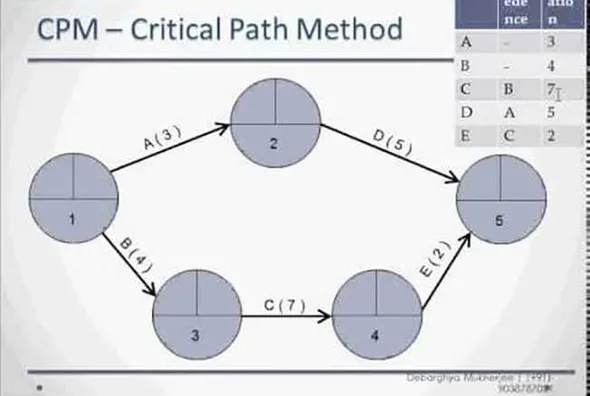
What is PERT?
PERT is an acronym of Program (Project) Evaluation and Review Technique. This method was developed by US Navy in the 1950s. PERT is a very useful technique where the time required to complete different tasks are to be determined.
In this method, a project is separated into various activities and events and a sequence is assigned to these activities. This way it forms a network. Subsequently, time required to complete each activity is calculated and a critical path is taken out.
PERT is composed of four elements:
- Critical path analysis;
- Program status evaluation;
- Slack determination (It shows how much an activity can be delayed)
- Simulation
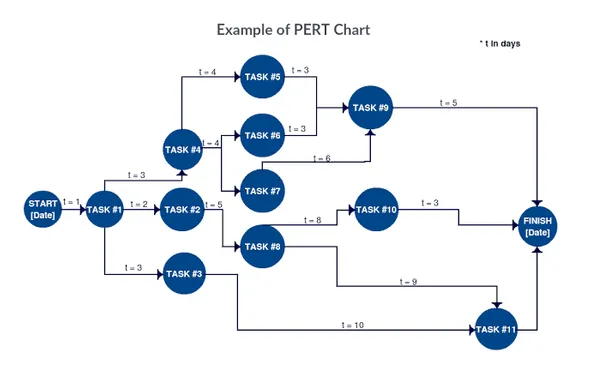
The key differences between both techniques are as follows:
| Sr. No. | PERT | CPM |
| 1. | PERT is a technique being used to handle tasks for which the time is unknown. | CPM is a technique being used to manage tasks only for which time is known. |
| 2. | It gives a probable model. | It gives a deterministic model. |
| 3. | PERT has no dummy activities | CPM has dummy activities to depict sequence of activities. |
| 4. | PERT is an event-oriented technique | CPM is an activity-oriented technique |
| 5. | Main goal of this method is to minimize the duration of project. | Main goal of this method is to reduce the cost of the project along with time. |
| 6. | This technique relies on Research and Development | This technique relies on construction |
| 7. | Three times estimate is required | One-time estimate is required. |
| 8. | It manages unpredictable activities. | It manages predictable activities. |
Advantages of CPM
- Gives a framework for well-coordinated and planned project.
- It helps distinguish critical activities
- Makes planning, scheduling, and controlling easier
- It excels productivity
- Resource managing becomes easy
Disadvantages of CPM
- This technique may be difficult to understand for beginners
- Software used are too expensive
- CPM may sometimes be time consuming
- Monitoring resource allocation cannot be done.
How do we use MS Project for CPM and PERT?
MS Project is a software developed exclusively for planning, scheduling, monitoring the tasks. In MS Project, we use Gantt Chart to track our construction progress which shows critical path in red line.
You can track every step of the construction with the help of this diagram and if something goes off track it can be handled immediately without any delay.

Essentially, the procedure involves six steps for both CPM and PERT:
- Define the Project and list out all activities or tasks. Each Project which is made up of various tasks, should have only one start activity and one finish activity.
- Activities must be sorted; see which activity should precede and which should follow others.
- Connect all the activities to form a network or arrow diagram.
- Give each Activity a unique event number. Dummy arrows should be used to avoid allotting the same event numbering to two activities.
- Allot time and/or cost evaluations to each activity.
- Calculate the longest time path through this network. This maximum path is known as the critical path.
- Use this Network to plan, schedule, monitor and control the construction project.
Visit our ![]() Channel for more information.
Channel for more information.




